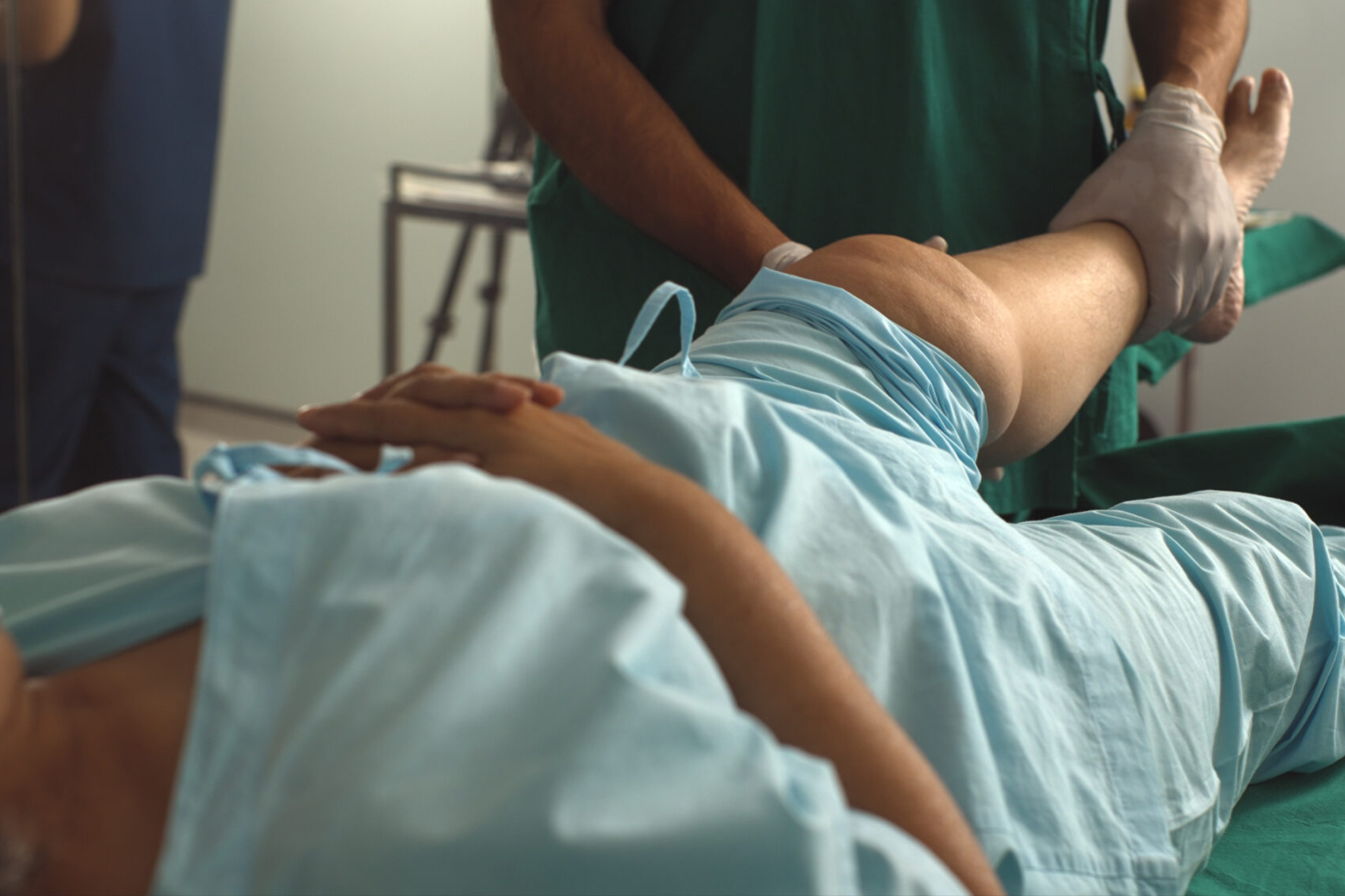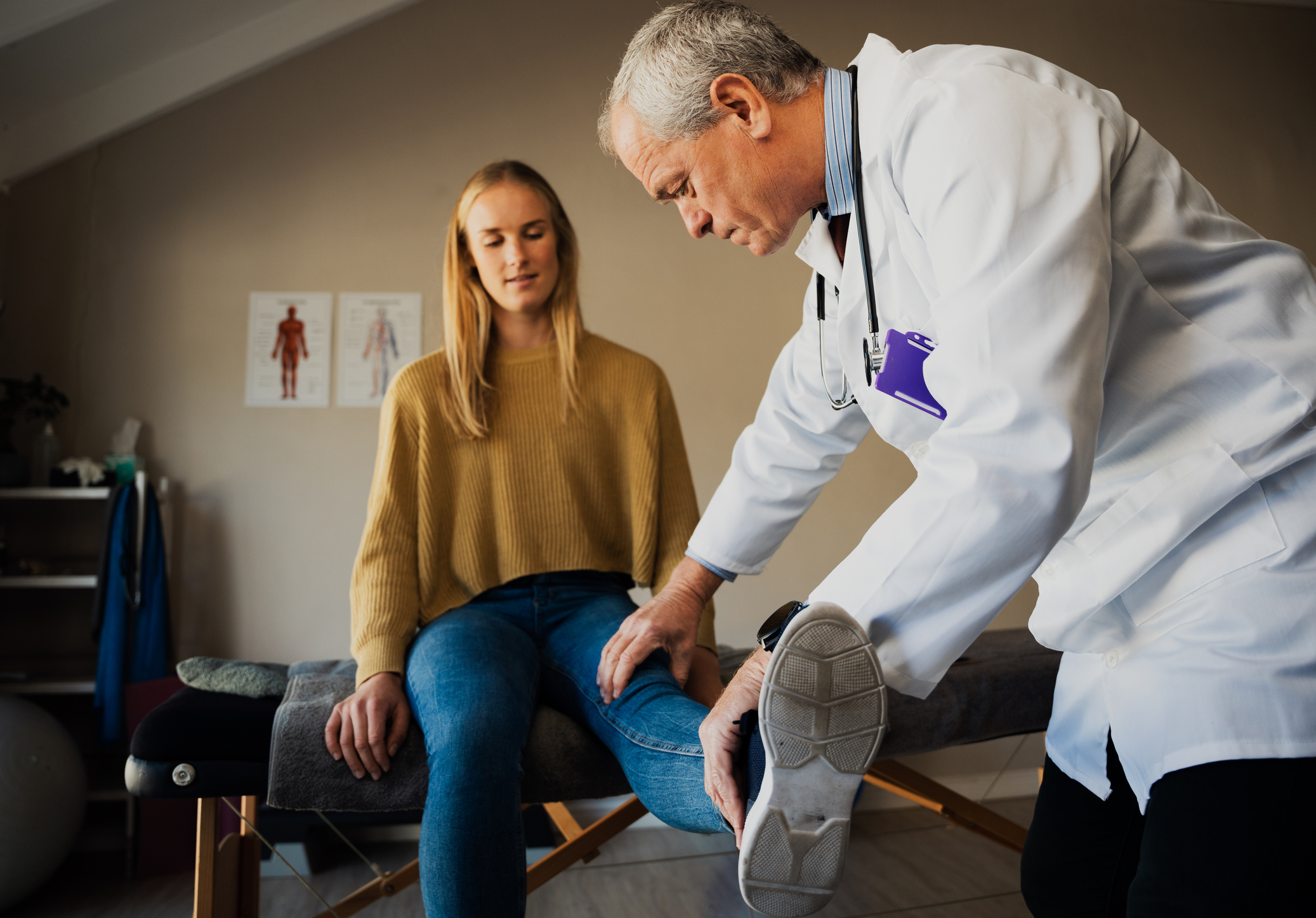
Frozen Shoulder to Rotator Cuff Tears: A Complete Shoudler Rehab Guide
Shoulder pain has a way of sneaking into everyday life. Simple things like reaching into a cabinet, carrying groceries, or trying to sleep comfortably can suddenly feel impossible. Because the shoulder is one of the body’s busiest and most flexible joints, any injury that limits movement quickly reminds us just how much we depend on it.
Frozen shoulder and rotator cuff tears are among the most common culprits behind stiffness and pain. And while recovery takes time, the right rehabilitation plan can restore movement, ease discomfort, and help you return to the activities you love. Let’s take a look at how shoulder rehab works and why it’s such a vital part of healing.
Understanding Common Shoulder Injuries
The shoulder works like a team—muscles, tendons, ligaments, and bones all working together. When one part of that team is injured, the whole joint feels the impact. Here are some common shoulder conditions that often require rehab:
- Frozen Shoulder (Adhesive Capsulitis): Stiffness and pain that gradually limit motion, sometimes lasting months or years. Stretching and physical therapy are often the best treatments.
- Rotator Cuff Tears: Damage to the tendons that lift and rotate the arm. These tears may be partial or complete and often result from aging, overuse, or injury.
- Bursitis: Inflammation of the bursae, the fluid-filled sacs that cushion the joint, leading to pain with movement.
- Tendonitis: Irritation or swelling of shoulder tendons, usually caused by repetitive motions.
- Shoulder Impingement: When tendons or bursae become pinched during movement, creating pain and weakness.
No matter the diagnosis, rehab is usually the path forward. Targeted exercises can reduce pain, restore mobility, and strengthen the shoulder to protect it for the future.
Phases of Shoulder Rehab: What to Expect
Every recovery journey is unique, but most patients move through a similar progression during rehab. Knowing what to expect can make the process feel less overwhelming:
Early Phase: Restoring Gentle Motion
In the beginning, your therapist will focus on simple, low-strain movements. These may include pendulum swings or assisted stretches designed to reduce stiffness and protect healing tissues. Progress may feel slow, but these early steps set the stage for long-term recovery.
Strength Phase: Building Muscle Support
Once you can move your shoulder more comfortably, strengthening becomes the priority. Resistance bands, wall slides, and scapular stabilization exercises are often introduced to target the rotator cuff and surrounding muscles. Strong muscles act like scaffolding, protecting the joint and restoring stability.
Functional Phase: Returning to Daily Activities
As strength improves, exercises become more functional by mimicking the activities you do in everyday life. Lifting, reaching, and carrying movements are practiced in safe, controlled ways so you can confidently return to normal routines.
Surgical Recovery (If Needed)
If you’ve had a procedure such as frozen shoulder surgery or rotator cuff repair, your rehab will follow a tailored timeline. Early on, stretching and mobility exercises dominate, followed by gradual strengthening. Consistency is key, as even small improvements each week add up to big changes over time.
Why Shoulder Rehabilitation Matters
When your shoulder hurts, it’s tempting to rest it completely or hope the pain goes away on its own. But without proper rehabilitation, the shoulder joint can actually become weaker and stiffer over time. That’s why rehab is such a critical part of recovery, because it doesn’t just help you feel better in the short term; it protects your long-term mobility and strength.
Here’s why sticking with rehab makes such a difference:
- Restores motion: Gentle, guided exercises prevent stiffness from “locking up” the shoulder.
- Reduces pain naturally: Movement increases blood flow, reduces inflammation, and helps you rely less on pain medication.
- Strengthens support muscles: Building strength in the rotator cuff and surrounding muscles keeps the joint stable.
- Prevents future injuries: A strong, flexible shoulder is less likely to be re-injured.
- Gets you back to daily life: From dressing to driving, rehab focuses on the movements you use every day.
Tips for Successful Shoulder Rehab
Rehab takes time, and success comes from consistency. Doing your exercises each day, even for just a few minutes, helps prevent stiffness and keeps your shoulder moving in the right direction. It’s normal to feel some soreness, but sharp or worsening pain is a signal to slow down and check in with your therapist. Following their guidance is key since your plan is designed specifically for your needs and recovery timeline.
Along the way, remember that small wins matter. Lifting your arm a little higher, reaching a shelf more easily, or finally sleeping without pain are signs of real progress. Finding the right balance between activity and rest is also important; too much of either can slow healing. Most importantly, keep the long game in mind. Shoulder rehab doesn’t happen overnight, but with patience and steady effort, you’ll regain strength, mobility, and confidence.
Regain Confidence & Mobility at Palmetto Bone & Joint
Shoulder rehab may test your patience, but a return to pain-free movement is worth every step. Whether you’re recovering from frozen shoulder surgery or strengthening after a rotator cuff tear, proper guidance makes all the difference.
At Palmetto Bone & Joint, our orthopedic specialists provide personalized treatment plans, advanced therapy options, and compassionate support to help you move forward with confidence. If shoulder pain is holding you back, now is the time to take action.
Reach out to us today to learn more.
Comprehensive Shoulder Rehab in Chapin, South Carolina
Shoulder recovery often requires more than rest, and that’s where expert care makes the difference. From frozen shoulder and rotator cuff tears to tendonitis and bursitis, patients benefit from personalized rehab plans and advanced treatment options tailored to their needs.
With a history of innovation, including robotic-assisted surgery and outpatient joint replacements, and convenient locations in Chapin, Newberry, and Irmo, Palmetto Bone & Joint is here to help you move with strength and confidence again.
Schedule a consultation today and let our team help you get back to living without limits.



